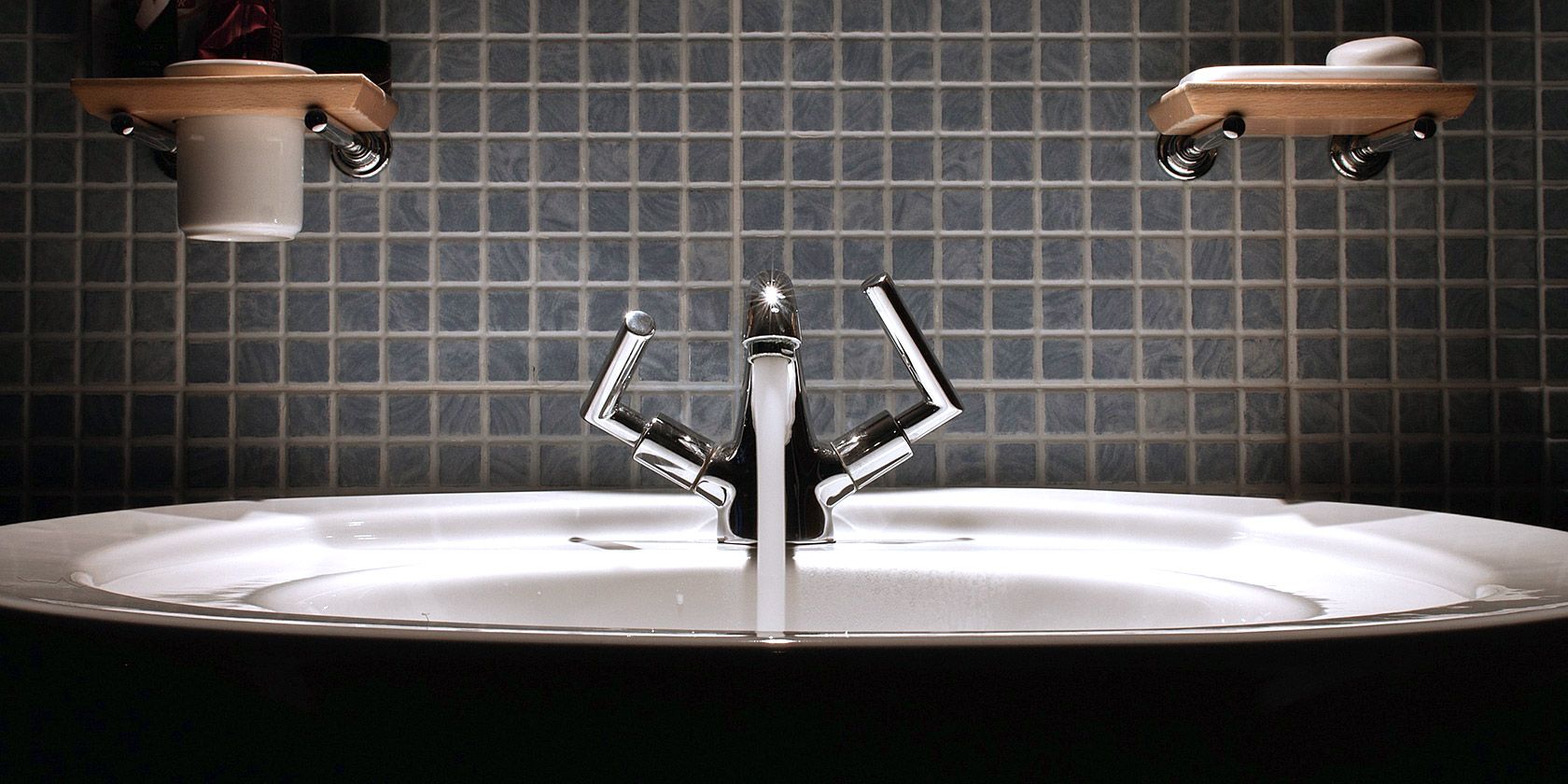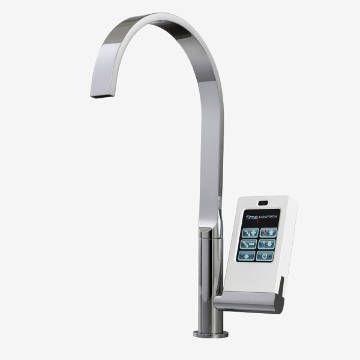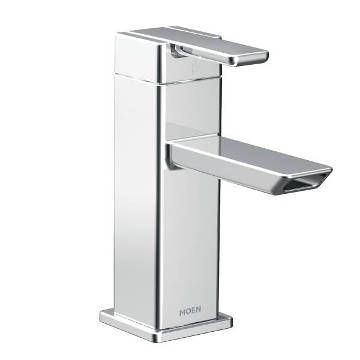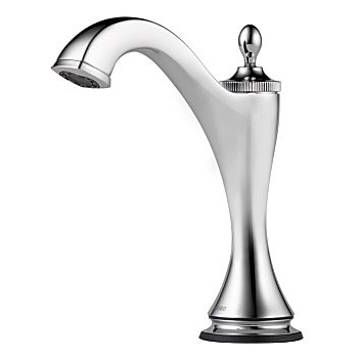We've had high-tech shower heads for several years now, so isn't it about time that sink faucets catch up? What you may not realize is that high-tech faucets - known as smart faucets - have been around since as early as 2009.
As with most smart home products, people tend to think of smart faucets as gimmicky and gratuitous. What's wrong with a traditional setup? Is there really enough room for improvement to justify an upgrade? I'm here to convince you: yes!
1. Finer Controls and Settings
We've all been there: first turn on the hot faucet and wait for the water to heat up, then turn on the cold faucet to bring the temperature back down to a comfortable level. How much water is wasted from that?
And finding the right balance of hot and cold is a frustrating game. A little too much in one direction and you're left with either frostbite or third-degree burns. It just isn't fun, but with the right smart faucet, you may never have to play that game again.
For example, advanced models - like the Nomos by Fima Carlo Frattini - have digital displays that let you fine-tune temperature with pinpoint accuracy. Others are more simplistic, such as those with LED lights that change color depending on the temperature.
Upcoming smart faucets - like the Veris F-Digital by Grohe - may even be programmable ahead of time, allowing you to set and remember specific temperature preferences. In that sense, they'd almost be like a smart thermostats, but for your sink.
2. Improved Water Efficiency
Money is a big concern when it comes to appliances and home improvement, which is one reason why smart home products are so great: they save you energy and money whether we're talking about thermostats, power plugs, or lighting solutions - and faucets now join that list.
For example, smart faucets that are marked WaterSense use 20% less water than traditional faucets right out of the box. Couple that with finer controls for temperature and pressure and you'll conserve more water while wasting less.
This should excite you, even if you aren't an environmental green freak. After all, improved water efficiency means you can get the same amount done with less water - and less water used means a smaller water bill every month.
3. Fewer Germs and Diseases
According to an office environment study in 2012, break room sink faucets were determined to be the absolute dirtiest surface of all regularly-used facilities:
The study researchers swabbed some 4,800 surfaces in office buildings housing some 3,000 employees. The study got the "officially dirty" readings on:
75% of break room sink-faucet handles
48% of microwave door handles
27% of keyboards
26% of refrigerator door handles
23% of water fountain buttons
21% of vending machine buttons
Now, obviously this doesn't translate perfectly into a household scenario, but the findings are indicative of one thing: faucets are dirtier than we care to think - even dirtier than your keyboard - and that's because we don't clean them often enough.
Smart faucets are easier to keep clean. Many of them are touch-operated, and some are even touch-free - like the Charlotte Lavatory Faucet by Brizo [Broken URL Removed]. In addition to less physical contact, smart faucets with modern designs are easier to wipe down than traditional knobs and handles.
Ultimately, fewer points of contact means a reduced chance of spreading bacteria, and that should be a high priority for any modern homeowner.
4 Smart Faucets Worth Looking Into
Delta Faucet Tesla, Battery-Operated w/ Touch2O.xt
The Tesla by Delta Faucet is a wonderful faucet that delivers on its price tag. It's WaterSense certified, which means it's great at conserving water, but it has three means of operation: a manual handle, a tap-on/tap-off function, and a 4-inch proximity field around the faucet.
It's also battery-operated, able to run on 6 AAs (for up to 2 years) or 6 Cs (for up to 5 years). This particular product comes with AAs bundled.
Speakman SensorFlo, Battery-Powered
Unlike most faucets, which require within-the-sink integration, the SensorFlo by Speakman sits completely on top of the sink. It runs on two 3-volt lithium batteries and has a built-in warning when the battery life drops below 10%.
It's WaterSense certified and has absolutely no handles for operation. Just stick your hands in the basin and it'll run. If the sensor somehow malfunctions, it has a built-in time-out feature that kicks in after 60 seconds of continuous flow.
Kohler K-13472, Battery-Powered Touchless
The K-13472 by Kohler is a battery-powered faucet that runs on 2 AAAs with a minimum battery lifespan of 3 years. It has a handle for temperature control but does not require any kind of touch for operation.
It uses adaptive infrared technology to calibrate the sensor according to the surrounding environment, which eliminates false triggers and optimizes sensor functionality.
Sloan SOLIS EAF-275, Solar-Powered Touchless
The SOLIS EAF-275 by Sloan is an expensive piece of hardware, but it justifies the cost with a feature not seen elsewhere: the fact that it runs on solar energy. It claims that "any natural or artificial light source will generate enough energy to operate the sensor".
But in case that fails, it also comes with a backup battery. A lever on the side makes it easy to adjust temperature.
Are Smart Faucets Worth It?
These faucets might seem overly expensive at first, but when you really look into how much a smart home actually costs, you'll see that it's a small price to pay for long-term gains. Compared to most home improvements, smart home products are dirt cheap.
Will you be moving on to smart faucets? If so, which model intrigues you most? If not, why not? Share with us down in the comments!




